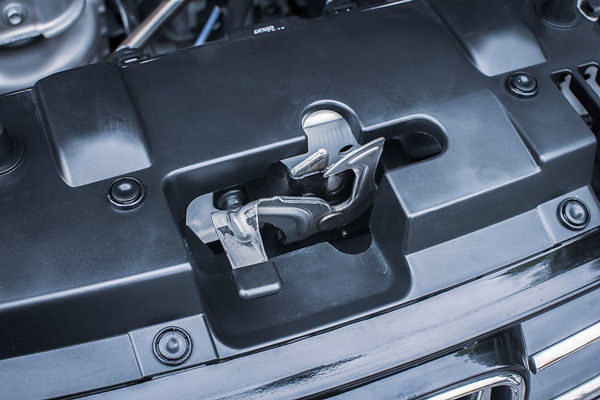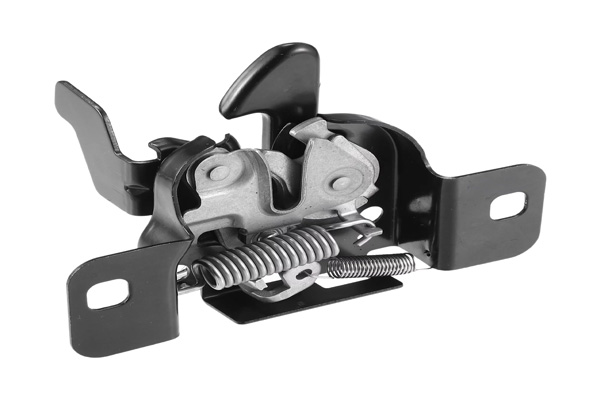A Comprehensive Guide to Hood Latch Components and Functions
The hood latch, a cornerstone in automotive design, plays a dual role as both a guardian of safety and an enabler of accessibility. This intricate mechanism goes beyond merely securing the engine compartment; it provides a structured system for controlled access. Let's embark on a detailed exploration of the components and functionalities associated with a hood latch, revealing the intricate dance that ensures both safety and convenience

At the heart of the hood latch is a meticulously engineered mechanical mechanism. This component engages with a corresponding striker or catch located on the vehicle's hood, establishing a robust connection to ensure the hood remains securely closed. The precision of this mechanism is paramount in guaranteeing the safety of the vehicle's vital components.
Beneath the hood lies a sturdy metal striker or catch. When the hood is closed, the latch interfaces with this component, creating a dependable connection that prevents unintended hood openings. This robust engagement significantly contributes to the overall safety of the vehicle, safeguarding against unexpected hazards.
A well-designed release mechanism is seamlessly integrated into the hood latch, enabling the smooth opening of the hood when activated. This process can be initiated from inside the vehicle through a strategically positioned lever within the driver's compartment. The controlled release ensures both safety and ease of access.
Acting as the conduit between the interior hood release lever and the hood latch mechanism, the release cable is a crucial link in the system. When the lever is pulled, the cable transmits the force necessary to disengage the latch from the striker, allowing for the controlled opening of the hood. This component ensures a seamless and reliable release process.

5.Safety Latch
Enhancing safety measures, many hood latches feature a secondary safety latch. This additional layer of protection ensures that even after releasing the primary latch, the hood remains partially secured until the safety latch is manually disengaged. It's a failsafe mechanism to prevent accidental openings.
Prominently positioned within the vehicle, the hood release lever is typically found on the driver's side. Its purpose is to initiate the release process, empowering the driver to gain access to the engine compartment when required. This easily accessible lever enhances user convenience.
Depending on the vehicle's design, a key cylinder on the vehicle's exterior or electronic buttons integrated into the key fob or interior may be utilized for manual hood release. This adds flexibility to the accessibility options available to the driver, offering choices tailored to individual preferences.
In certain vehicle models, the hood latch is seamlessly integrated into the broader security and alarm system. Any unauthorized attempts to manipulate the hood latch, such as tampering, can trigger the vehicle's alarm system. This integration enhances the overall security of the vehicle, deterring potential theft or vandalism.
The holistic functionality of the hood latch underscores its significance in maintaining the structural integrity of a vehicle and ensuring the safety of both occupants and the engine components. Regular inspection and proper functioning of the hood latch are imperative for a seamless balance between safety and the convenience of accessing the engine compartment. Understanding the intricate dance of these components sheds light on the hood latch's pivotal role as an automotive guardian.
GET A QUOTE